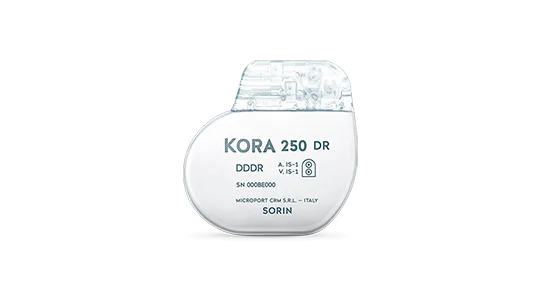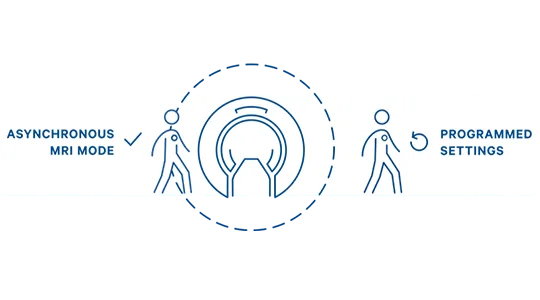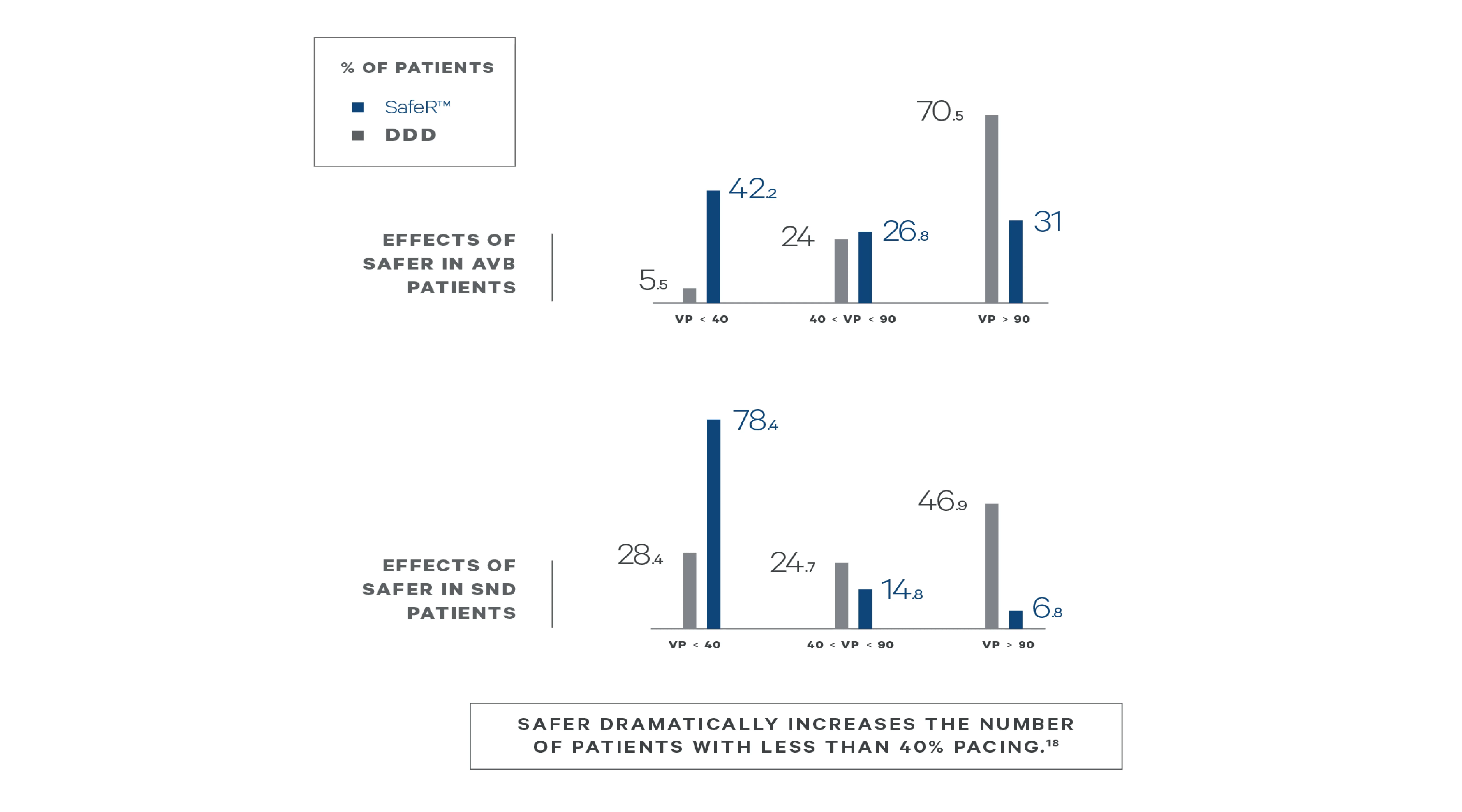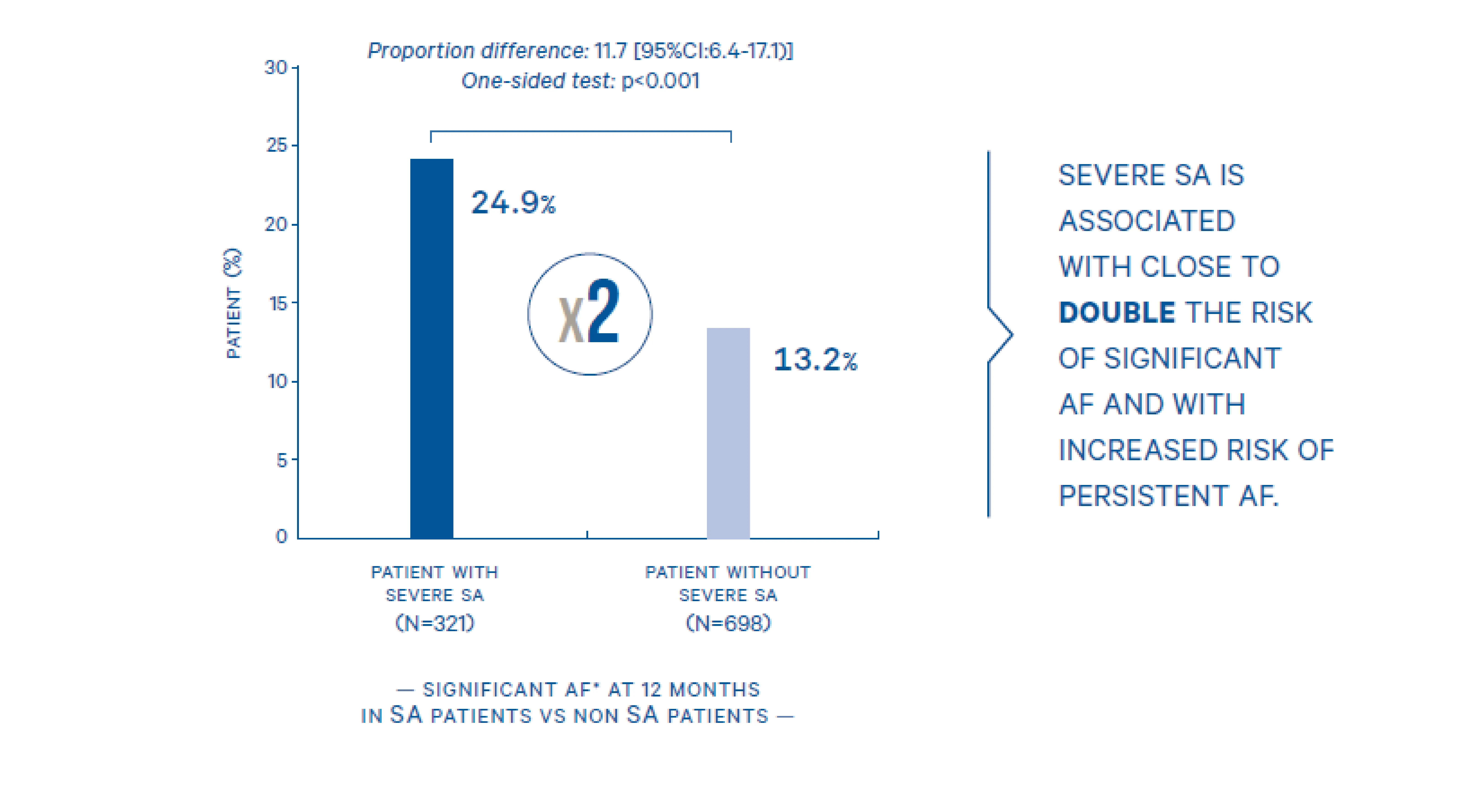Kleinster MRT-fähiger Herzschrittmacher der Welt.1–3
Minimale Größe. Maximales Ergebnis.2–4
Kora 250 wurde entwickelt, um das Patientenergebnis zu verbessern und die Effizienz in der klinischen Praxis zu steigern.2,5,6
Ein physiologischer und effektiver Schrittmacher, der das Behandlungsresultat verbessert.2–5
12 Jahre Laufzeit bei nur 8cm3.4
Der kleinste Zweikammerschrittmacher der Welt ohne Kompromisse bei der Funktionsdauer.2,3,6



